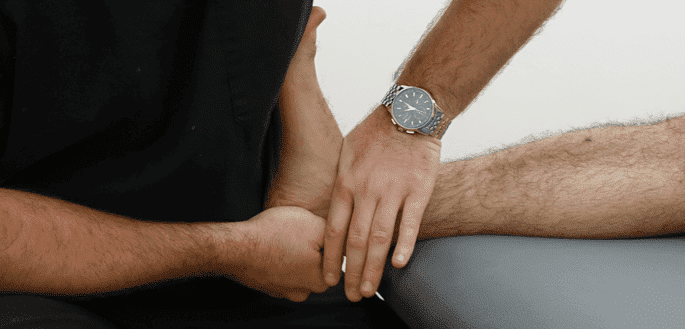August 14, 2023

As technology in medicine continues to the treatment of this painful condition.
This condition is commonly understory process in similar injuries. This requires a unique treatment approach.
Under some circumstances, it can also happen in sedentary individuals as a part of a chronic condition. The Achilles tendon will responds to normal weight-bearing activities. The latest studies indicate that a successful treatment algorithm should begin with a conservative approach.
The conservative approach to be greeted with enthusiasm by treatment practitioners.
The conservative approach requires a comprehensive evaluation of the specific condition faced by the patient. This includes specific testing, documentation and evaluation. Once the diagnosis is confirmed, there are conservative treatment options available to heal.
Even during this stage of the algorithm, discretion is needed toms like a decrease in the capacity for handling a normal load. Stiffness and a lack of mobility in the morning may also indicate a need for a treatment adjustment.
The skill of the clinician is an important facto patients.
Dr. Lev Kalika is a world-recognized expert in musculoskeletal medicine. with 20+ years of clinical experience in diagnostic musculoskeletal ultrasonography, rehabilitative sports medicine and conservative orthopedics. In addition to operating his clinical practice in Manhattan, he regularly publishes peer-reviewed research on ultrasound-guided therapies and procedures. He serves as a peer reviewer for Springer Nature.
Dr. Kalika is an esteemed member of multiple professional organizations, including: